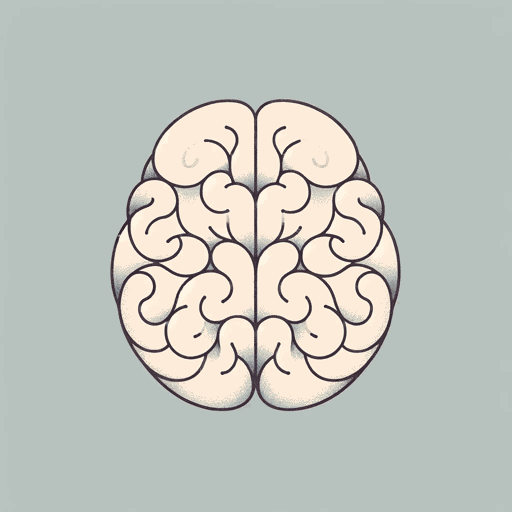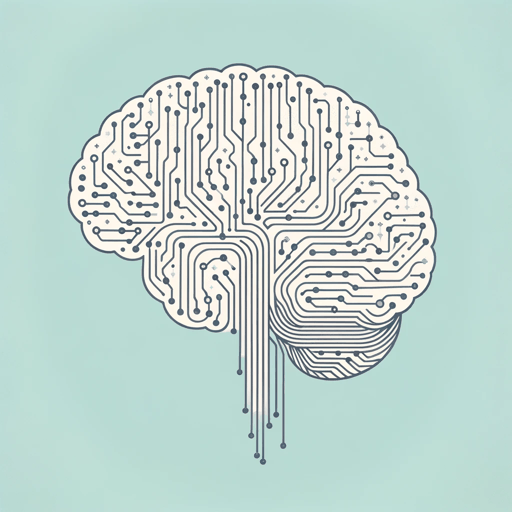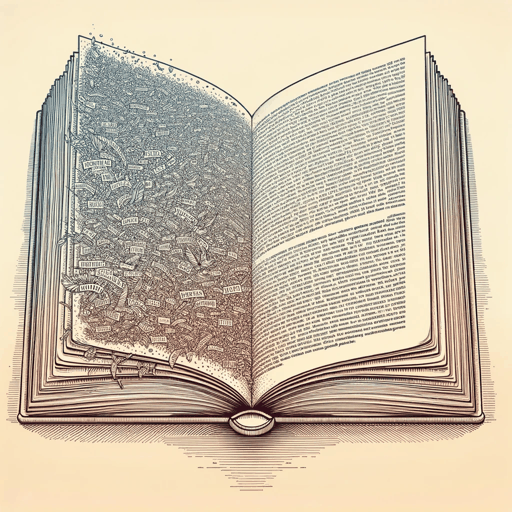54 pages • 1 hour read
Steven PinkerThe Blank Slate
Nonfiction | Book | Adult | Published in 2002A modern alternative to SparkNotes and CliffsNotes, SuperSummary offers high-quality Study Guides with detailed chapter summaries and analysis of major themes, characters, and more.
Part 1, Chapters 1-3Chapter Summaries & Analyses
Part 1
Part 1 Summary: “The Blank Slate, the Noble Savage, and the Ghost in the Machine”
Pinker starts his book with the statement that “everyone has a theory about human nature” (1). These theories help guide our lives. Many of the theories people have about human nature have come from religion. The Judeo-Christian conception is the most popular theory of human nature in the United States. Seventy-nine percent of people believe that the miracles described in the Bible occurred, while only 15% believe in the Darwinian theory of evolution (2). Separate from religion, a common conception people share is what Pinker calls the Blank Slate: “the idea that the human mind has no inherent structure and can be inscribed at will by society or ourselves” (2). Pinker refers to the Blank Slate as the “secular religion of modern intellectual life” (3).
Chapter 1 Summary: “The Official Theory”
The idea of the Blank Slate, a translation of the Latin phrase tabula rasa or “scraped tablet,” is usually attributed to John Locke. His idea of the Blank Slate supported his political philosophy, which opposed the right of kings to govern (since they are born with no greater wisdom than anyone else) and slavery (since enslaved people are not born inferior to anyone else).
Related Titles
By Steven Pinker






